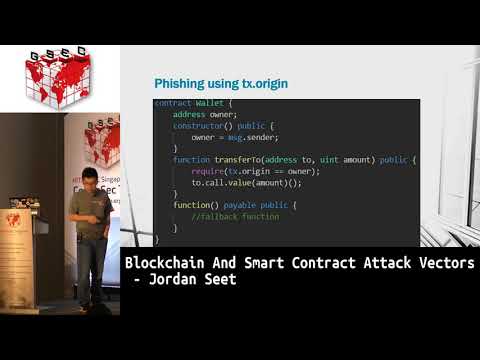Description:
Explore known vulnerabilities in smart contracts and blockchain networks in this HITB GSEC 2018 conference talk. Delve into specific issues that have occurred on the Ethereum blockchain, applicable to any platform using the Ethereum Virtual Machine. Learn about best practices to mitigate these vulnerabilities. Examine potential attack vectors on the Bitcoin network and similar peer-to-peer validation systems. Cover topics including integer underflow/overflow, timestamp dependence, denial of service, reentrancy attacks, Parity Wallet attacks, short address attacks, honeypots, 51% attacks, long-range attacks, TEE-based consensus, partitioning attacks, and delay attacks. Gain insights from cybersecurity expert Jorden Seet, who shares his experience in penetration testing, smart contract auditing, and blockchain development.

Blockchain and Smart Contract Attack Vectors
Add to list
#Conference Talks
#Hack In The Box Security Conference
#Information Security (InfoSec)
#Cybersecurity
#Computer Science
#Blockchain Development
#Blockchain Security
#Smart Contracts
#Vulnerability Analysis